Selling cars has taken a whole different approach with digital innovation.
We’re currently in the times where digital strategies are taking over marketing and sales and the car industry is not left behind.
To help you understand how technology is transforming the buying and selling of cars, in this article, we spoke to an expert in car sales — Anuvrat Gaurav, Regional Country Director of SellAnyCar.com — to discuss how he’s revolutionizing Sell Any Car with digital innovation in the MEA region.
Navigating Customer-Centric Retail Challenges
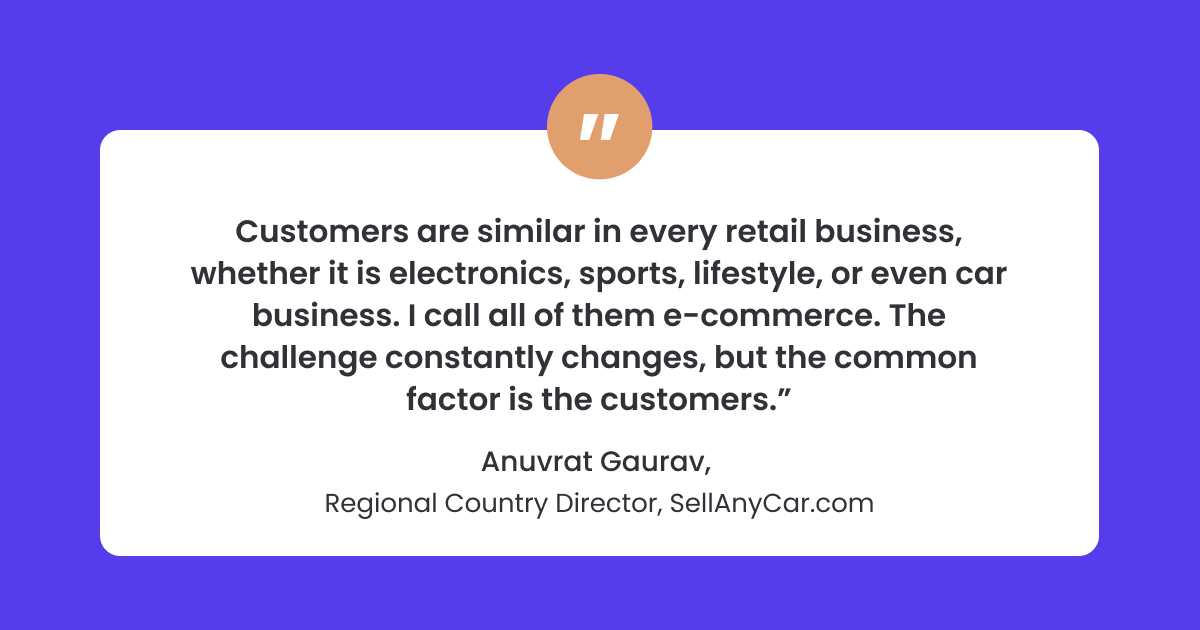
Everyone is built differently. In the retail business, we face new challenges every day. Every customer we meet has new requirements, and you cannot treat one customer the same way you treated the previous customer. This is where Personalization comes in.
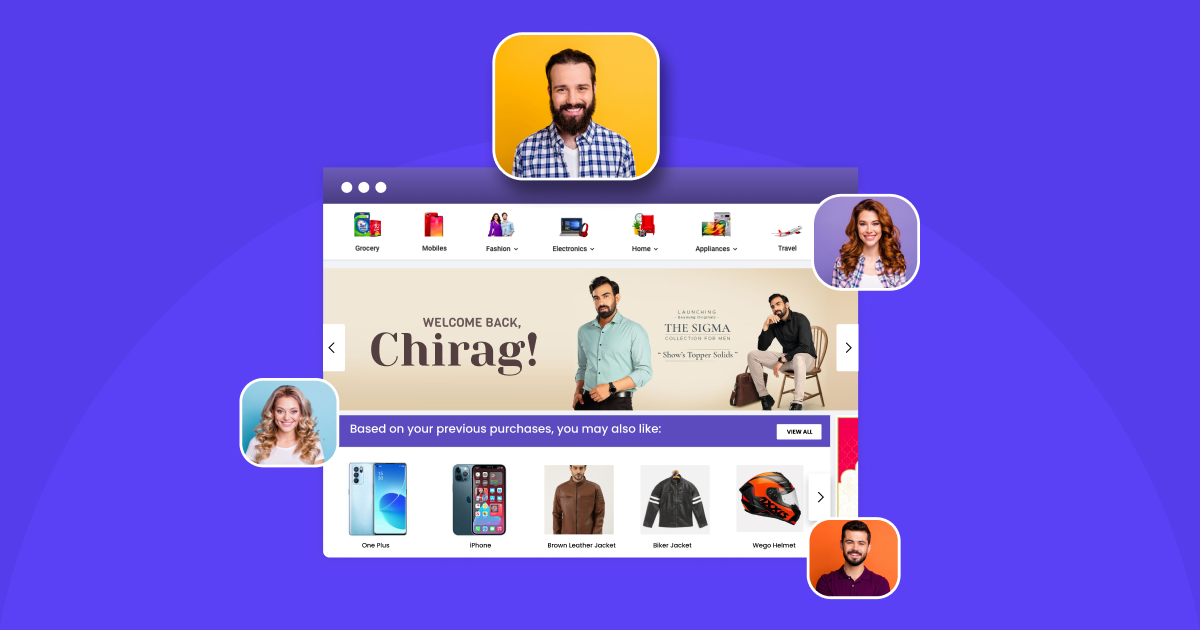
As a PnL (Profit and Loss) guy, I’m focused on customer experience, incorporating feedback into data, and gaining customer insights that we can translate into a marketing strategy for business growth. My entire focus is on turning companies profitable or increasing their market share of profitability.
The end game for all businesses is when everyone is winning.
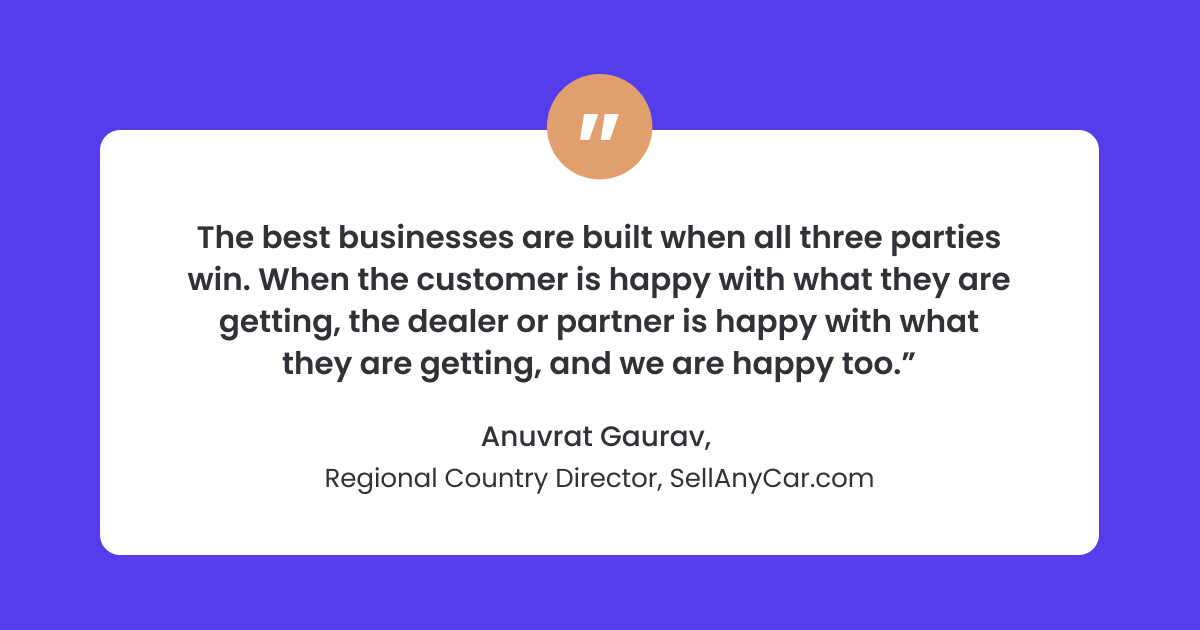
It’s not just about generating profits but also about generating scalable businesses that are profitable and liked by customers; once you are in that zone where the customers like you, and instead of wanting you, they start needing you, that’s when the profitable revenue comes into play.
It is also easier to navigate complex organizations because there are no different approval chains. With our business, we take everything as an A/B test.
The entire motto of our management team is to listen to the customer.
Once there is feedback coming from a customer, we rarely say that the customer is wrong or say it’s just one person. Even if a small percentage of customers want that change, as long as we can make them happy, that 1% matters.
In bigger organizations, there are large teams to handle different segments, and the teams are limited to their specific roles, but with a startup—which we call ourselves even though we’re over 10 years in the game—everyone is involved.
Insights from the Middle-East Market
After property, generally, cars are the second most expensive asset that people own. In this region, it’s most times an emotional decision for customers.
With us, we have the first mover’s advantage. We have overcome struggles and challenges in educating customers, which has earned us the trust of the customer, who believes that they are making the right decision by trusting us with their car.
The time we spent understanding the market and the customers is what made us build an app where you sell your car, the dealer bids on the car, and the car is bought —all this within 30 minutes.
Technology is a big factor in the transformation of car trading, enabling customers to do more on their own. We have gone from websites to apps, and with everything that happened in 2020 with the pandemic, everyone was forced to go online.
In a growing country like the UAE, I know retailers who refused to go online, but COVID accelerated digital adoption, and this adoption forced those retailers to go online.
Transparent Pricing for Hassle-Free Transactions
Companies like ours buy and sell cars daily on platforms without the customer. There’s a lot more comfort with technology overall, and that’s leading to more shifting behaviors online that were otherwise offline.
With our app, there are two user journeys.
Journey One: For front-end customers who are selling cars.
Imagine there are over 10, 15, or 20 dealers who are interested, and you increase the chances of getting a fairer price which is higher than dealing with an individual who can insist on a fixed price.
Our sales life cycle went from two months to two weeks and then down to 30 minutes. This user journey has been successful because we have been transparent with the customers at every stage.
Once you go to our website, we give you a quick evaluation of your car. You enter basic details. In 15 seconds, you get a price that depends on the same make and model year of your type of car.
At every stage, we show the prices that are available and offer the price minus our margin, and the payment is quite transparent.
Journey Two: For the dealers at the backend.
The dealers are mostly experts in car sales; they know what a car’s price is, so they’re not scared of low prices. They trust the QA process where our team checks whether the inspection report matches.
The user journey is essential even for dealers. For example, when we launched and listened to our customers, some said we may have allowed them to sell the car. But where do they go when they want to buy the car? And we build that into our business.
Listening to our customers when we launched helped us discover other factors that can affect car trading.
- No return policy
The pain points were that if a customer buys a car and takes it home if the wife doesn’t like it, he cannot return it.
With visible terms and conditions, we gave our customers a fair usage policy that keeps them picking a needed option. We offer a “10-day return policy, no questions asked.”
- Used cars
Most customers are torn between buying a used or new car, and there’s the fear of the used car having a form of issue later on. To tackle that we give them a two-year warranty. And this was something that no one was doing in the market.
- Financing stress
More than 80 percent of customers buy their cars on loans, and dealing with banks is a pain point. So we do all the financing work. We have dialed all the leading banks in UAE, and this has removed a sales objection from the customer’s end.
We’re building our business into profitability; once a customer comes to us, we aim to provide a hassle-free experience.
Balancing Technology, Retention, and Profitability in E-commerce
We track conversions at different levels. For example, how many customers are we able to bring to our websites from watching an ad? And then, from websites, how many can book a free home inspection or a free visit or appointment at our branches?
We’re not selling a product with high frequency. Retention hinges heavily on customer satisfaction. The average age of a car in the UAE is about 4. 2 years, and many of our customers use it for six years. The chances of a customer returning are after four years, so how do we retain them?
Our secret is, “If I serve you well, you may not come to me every month, but you will send your friends and family to me whenever they want to sell or buy a car.”
There’s a lot of advocacy involved in our retention because even though the frequency is not very high, the valuation is very high. As long as we provide the transparency needed, we have high customer engagement.
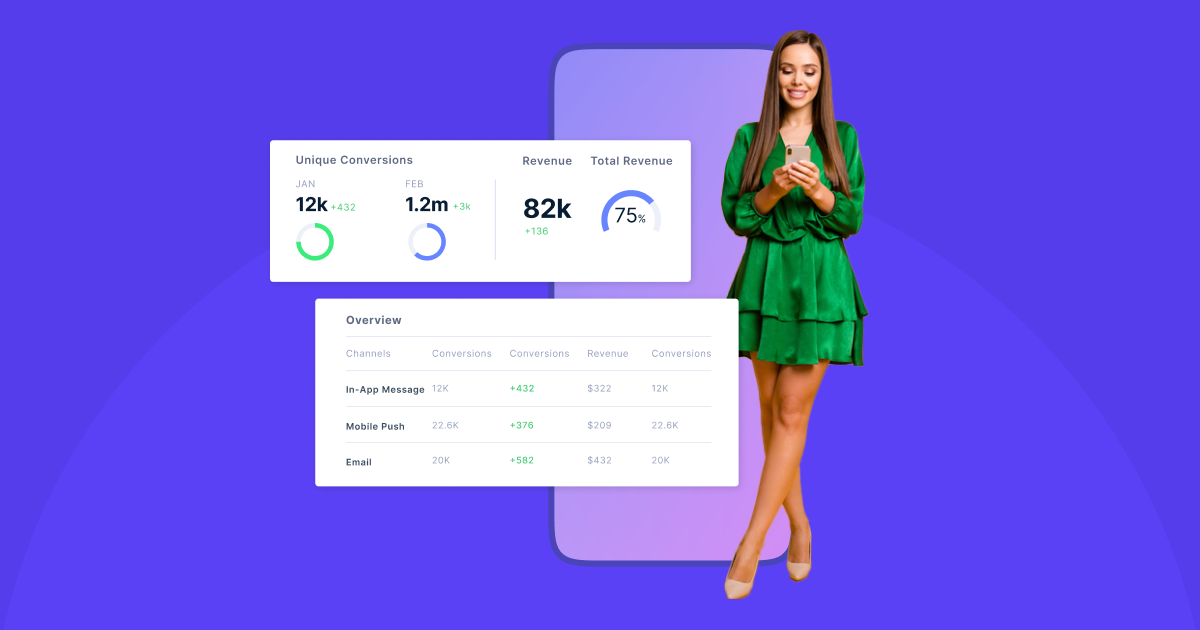
Another thing to note is that we avoid doing the same thing everywhere. We have operations in the UAE and KSA and have not made the mistake of copying and pasting everything that we do in the UAE in KSA.
The customer clientele is different in KSA. There are different requirements, and some localizations happen. The concept is the same as buying cars, but we have a different brand name.
For example, we call it Sell Any Car in UAE, and it was launched in KSA under the brand name Kaisha. “Kaisha” in Arabic means “Cash it”.
We found out it is a word that resonates more with Southeast customers, and that itself is listening to the customers.
Localizing and finding out what the customer needs all need to PnL because more customers mean more business.
Enhancing User Experience Through Personalization and Data Utilization
We are a marketplace, and there is always a demand-supply situation in the car market. We use data and insights from customers to create personalized experiences for them.
We have relationship managers who help the customers based on their needs and budget. Customer acquisition and retention are why personalization is more than just a buzzword for us.
Another way we personalize is by being able to communicate well. Some companies place languages as their priority, but what should be prioritized is adapting apps and websites to be mobile-friendly.
More than 50 percent of customers use mobile devices for online transactions and that’s where the user journey starts. As the dynamics keep changing, languages can be incorporated into the usage of hyper-personalization.
Your business will thrive on how powerfully you’re using the data available, and finding the right technology is what makes your business scalable. Most companies follow the latest trends. For example, AI is taking the digital world by storm.
Everybody’s talking about AI and converting it into AI. I think AI is great technology, but is it ready? Businesses quickly jumped onto that wagon without having the time to understand their systems and determine how to use them for customers properly.
And that’s a wrap-up of the amazing session we had with Anuvrat, but there’s more he said on that podcast you need to hear. Listen to the podcast on Spotify or YouTube and leave a comment to let us know what you think.





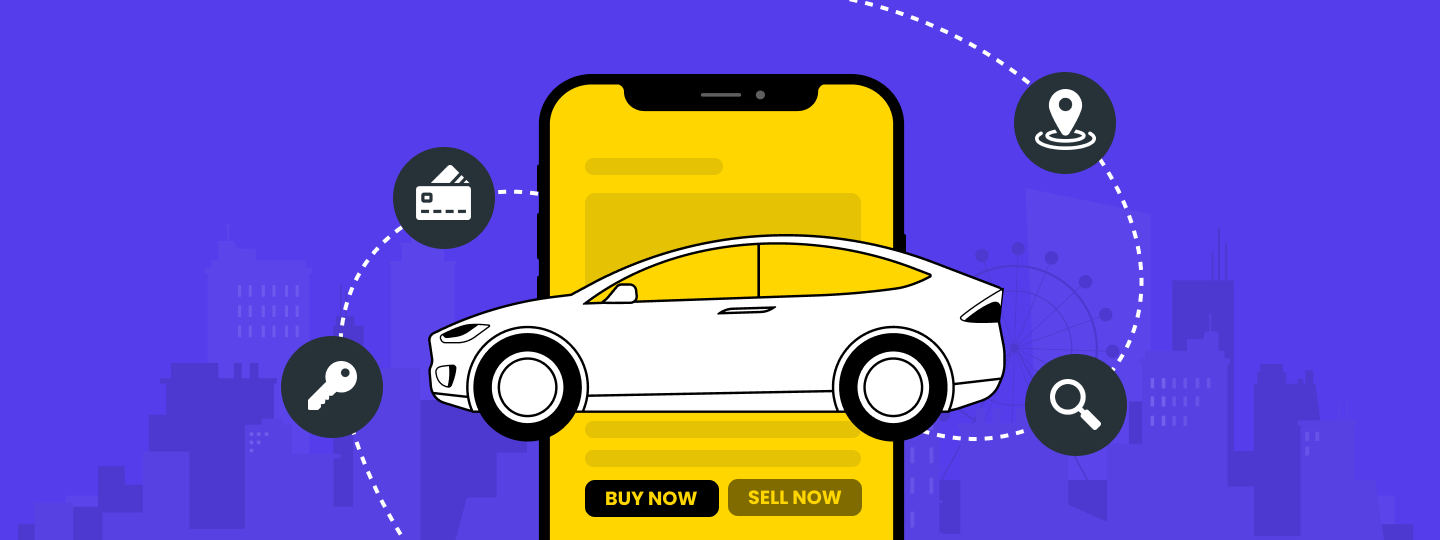

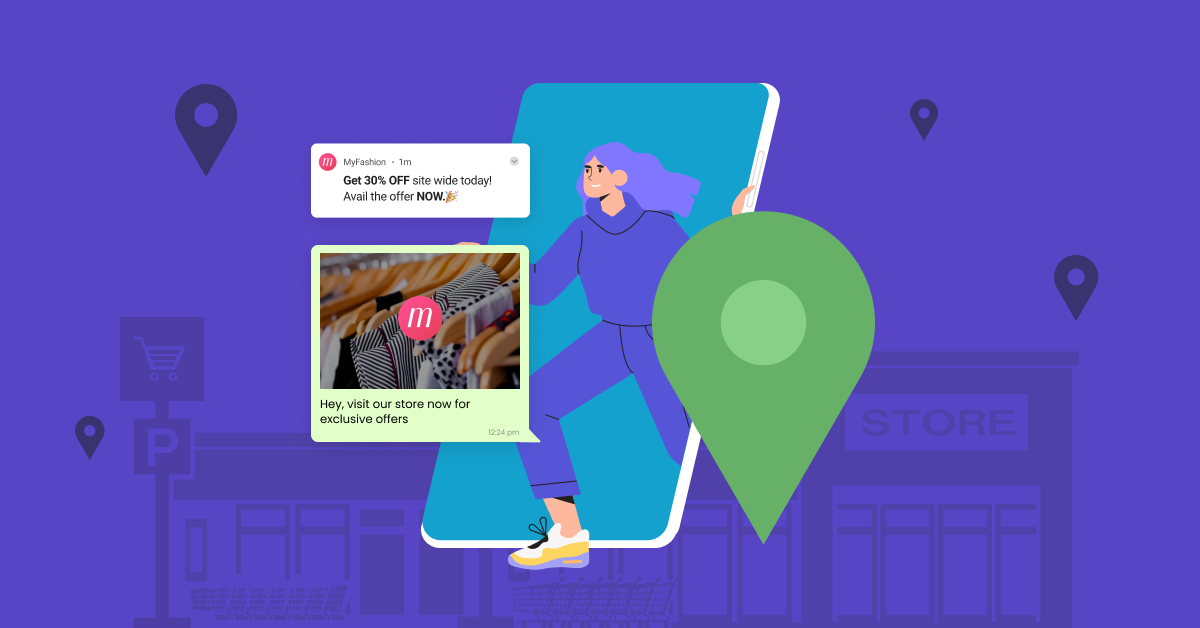
 Diksha Dwivedi
Diksha Dwivedi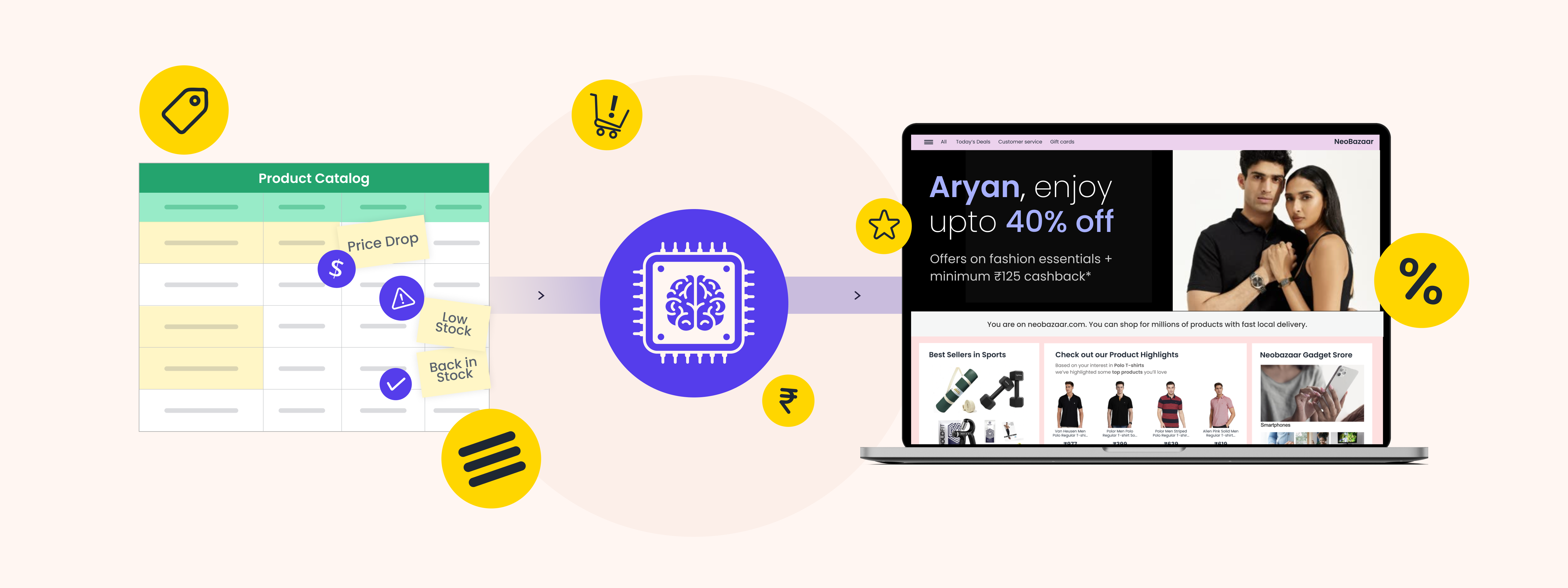
 Harshita Lal
Harshita Lal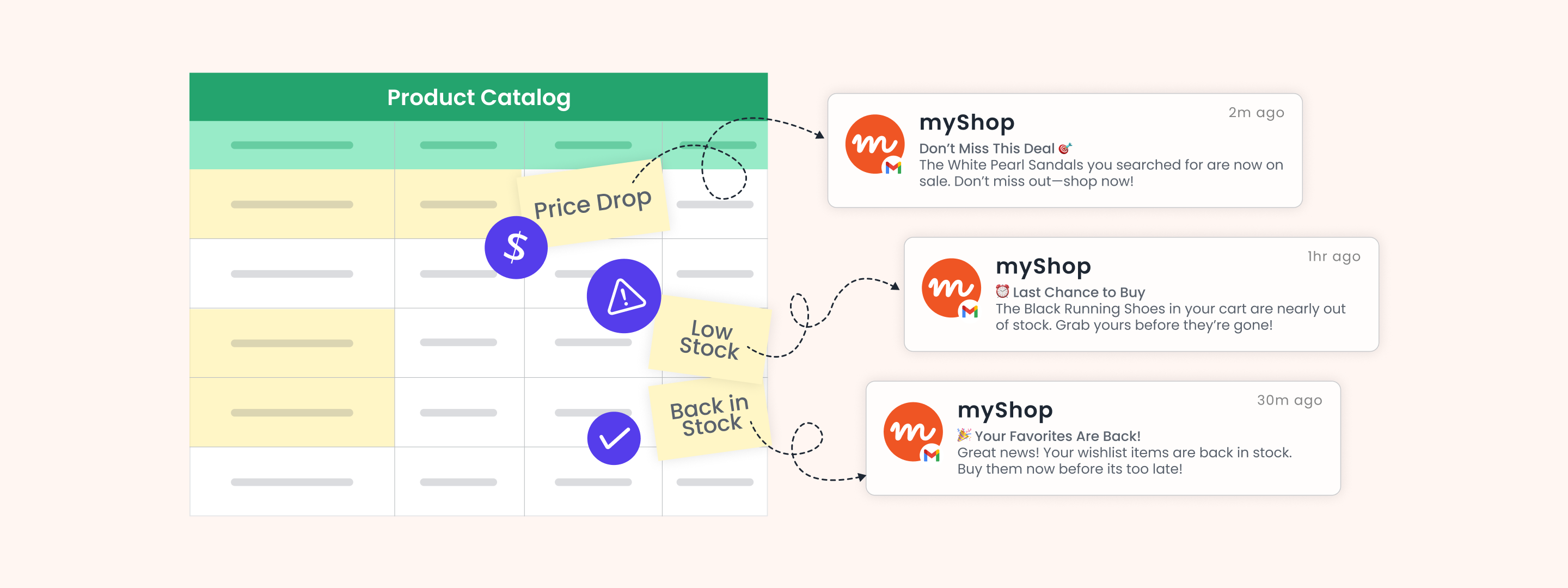
 Sanjay Mishra
Sanjay Mishra